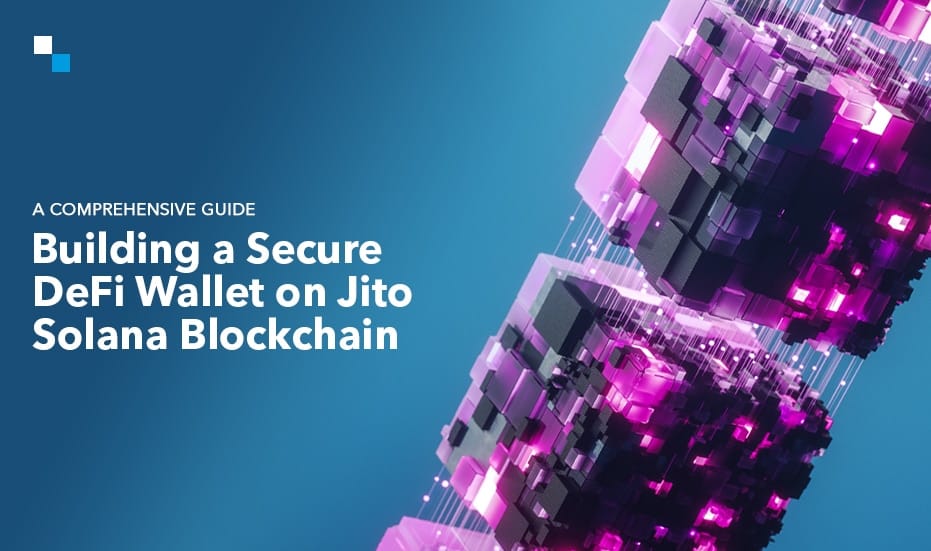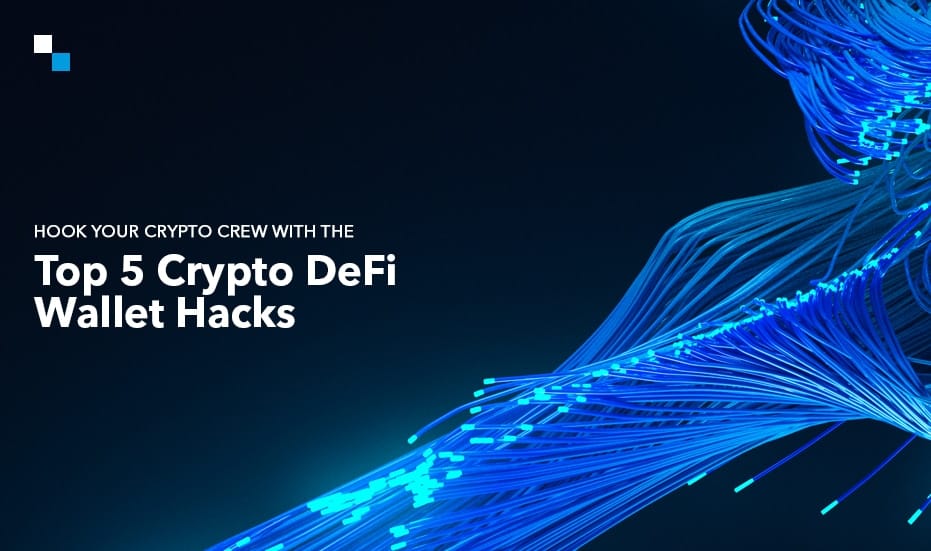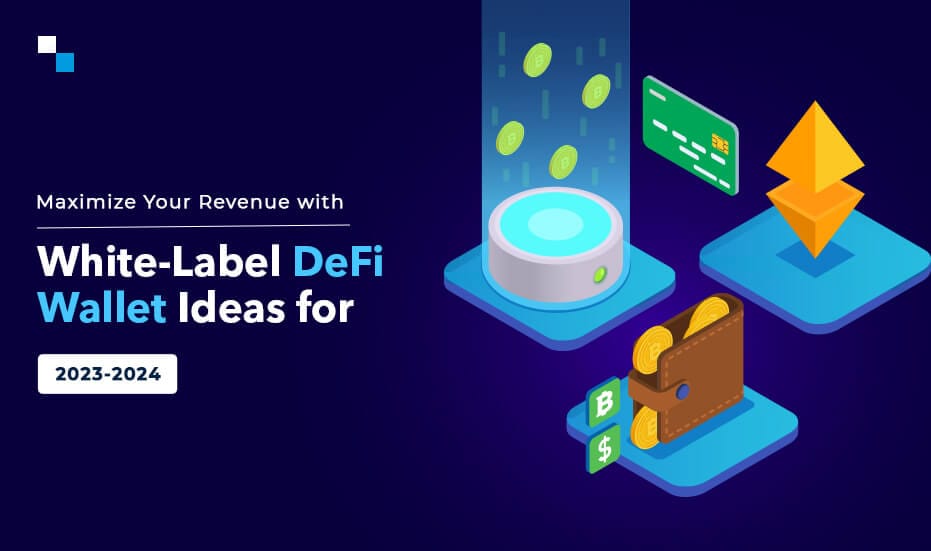
Which NFT Development Services would you need in 2021?
July 26, 2021
Leverage The Best Metamask Wallet Clone App Development Services
July 30, 2021According to DeFiPulse.com around $30 billion is locked in DeFi Lending protocols. Since January 2021, the number has gone up drastically ($7.25billion to $30 billion). This indicates DeFi lending is one of the most promising sectors of Decentralized finance. Here are the risks and opportunities.
Opportunities
Loan origination
The traditional lending and borrowing set-up is slow and costly because of the involvement of multiple intermediaries. As a DeFi lending protocol is driven by blockchain, it enables quick loan origination in a secure, transparent, and reliable manner.
Better lending opportunities
Driven by blockchain, DeFi lending protocols are open for everyone. Thus, anyone can become a lender and a borrower on a DeFi lending protocol.
Analytics
The traditional banking system for loans is not transparent and the interest rates are predominantly determined by the banks. However, the DeFi lending protocols are designed in a way that the supply and demand automatically determine the interest rates. As a result, no interest rate manipulation occurs.
Risks
1. Market Risk – cryptocurrency prices are highly volatile and price fluctuations of the range of 30% in 24 hours are a common occurrence. Both DeFi lending protocol operators and participants are exposed to financial losses due to high volatility.
Market Risk Management
2. Credit Risk – During the lending process, smart contracts facilitate the transfer of some X amount of tokens from the lender to the borrower. After a certain period of time, some Y number of tokens are sent back from the borrower’s address to the lender’s address. However, if at the time of the transaction, the token balance of the borrower is less than Y, the transaction will fail. This is a big credit risk.
Credit Risk Management
Over-collateralization is one way to manage credit risk. While it locks up the liquidity, it converts credit risk into liquidity risk. Basically, when a borrower locks his liquidity in a DeFi lending protocol, he gives up the right to sell the locked tokens at a price of his choice.
Also, determining the collateral ratio is a big challenge. If the market is volatile or the exchange rate between the two tokens varies drastically, calculating the collateral ratio becomes difficult. In such a case the market risk converts into credit risk.
The DeFi lending protocols developed on Ethereum blockchain might face transaction processing delays. It may happen that the repayment of a loan or the collateral liquidation does not process timely. This might put the lender to loss and is an example of technology risk getting converted to credit risk. As a result, the DeFi lending protocol must be designed and developed by experts to ensure no gaps exist.
3. Liquidity Risk – As discussed, liquidity DeFi lending protocol participants are exposed to liquidity risks if they are not able to obtain loans in a reasonable time or at a reasonable cost. The locking of collateralized tokens is one state in which borrowers face liquidity risk.
Manage Liquidity Risk
To overcome this, the DeFi lending protocol can offer traders some incentives for their tokens locked as collateral.
4. Technology risk – With smart contracts comes the technology risk. Some of it comes from the scalability issues of blockchain, which could lead to a delay in the on-chain transactions and convert technology risk to credit risk. In addition to this, coding errors can also create soft spots for hackers to exploit the smart contracts and steal the funds.
Manage Technology Risk
Technology risks can be mitigated only by developing the DeFi Lending protocol on a scalable blockchain. In addition to that, extensive smart contract audits must be carried out.
To conclude:
Ultimately, DeFi lending protocols enable a permissionless environment for anyone to participate in the lending and borrowing setup. While there are enough opportunities, the risk is also high and that can be averted only by ensuring a well-thought-out design and careful development of the DeFi Lending protocol.
At Antier Solutions, we make sure every blockchain product we develop is religiously tested and audited. We provide customized solutions for DeFi lending platform development, helping start-ups and established organizations to launch high-performance DeFi lending platforms that resonate with impact.
Connect with our subject matter experts to share your business needs.



